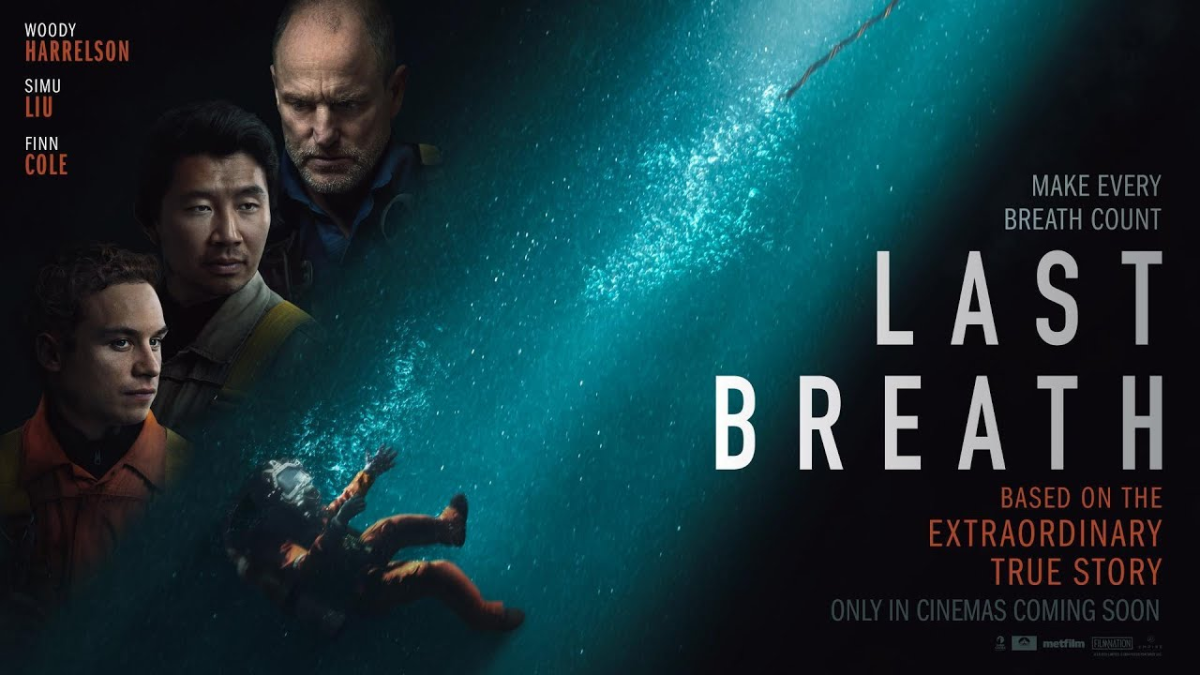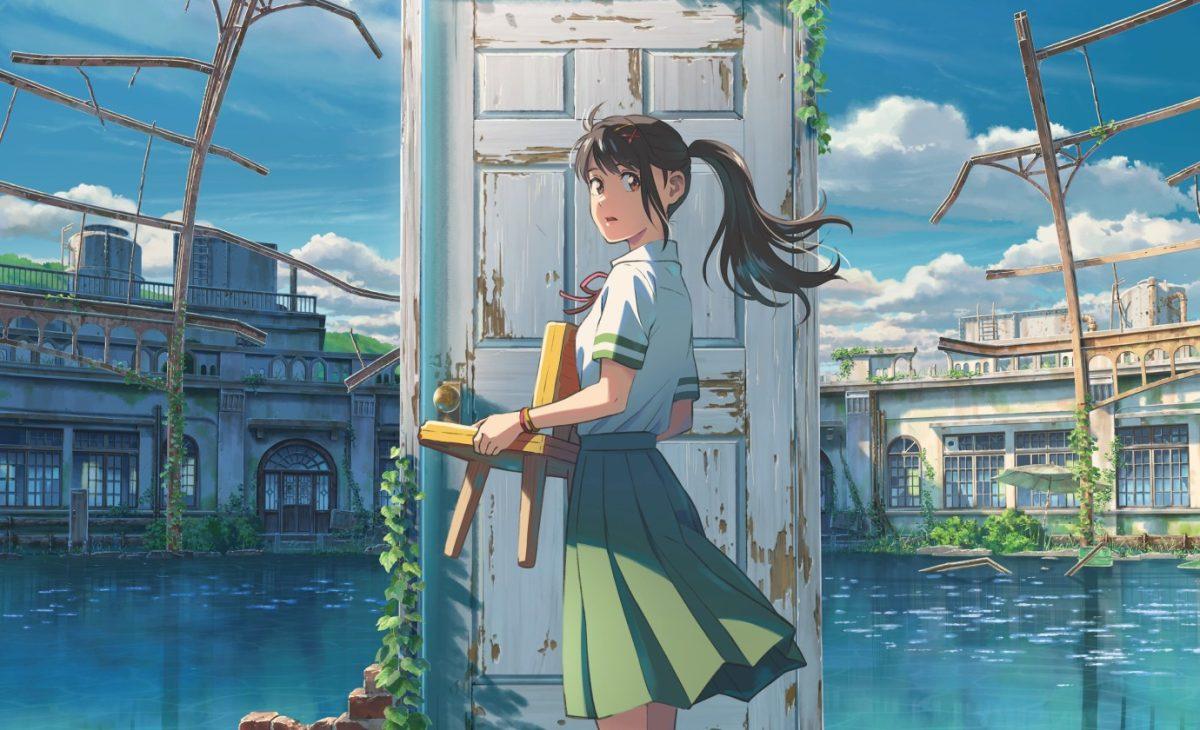Fans of “Your Name” and “Weathering with You,” rejoice! A new movie by Makato Shinkai was finally released in American theaters in April. “Suzume No Tojimari,” or “Suzume,” as it is known to American audiences, is Shinkai’s latest movie, tackling concepts such as closure, love, trauma, and ecological disasters.
“Suzume” follows a 17-year-old girl named Suzume Iwato who still feels the impact of her mother’s disappearance 12 years later. After a fateful encounter with Souta Munakata one day, Ikato enters an abandoned resort and finds a door at the center of the site. After Ikato opens the door, she releases a cat statue from the ground and unknowingly unleashes an entity known as “The Worm” into the world.
While Ikato and Munakata successfully close the Door, Daijin, the cat statue, goes on a spree across Japan opening more doors to free “The Worm.” Should the entity fully escape, a natural disaster of a great magnitude will hit Japan and kill millions of people. Together, Munakata and Ikato must travel across Japan to close doors, reinstate Daijin as the keystone of the Western Door, and prevent “The Worm” from fully entering their world.
As Ikato travels through her Odyssey, we see not only beautiful scenery highlighting the liveliness and beauty of Japan, but also the ferocious aftermath of natural disasters. The movie highlights the fragility of life and the difficulty of coming to terms with the passing of a loved one. Most importantly, the movie highlights the importance of remembering the past — of not letting those who died be forgotten in the sands of time. With each closing of a door, we hear the memories of the people who lived in the area, and whose lives have become forgotten with the passage of time.
A specific scene that stood out to me was the closing of a door in an abandoned school. Years ago, a landslide destroyed the school, killing the students and staff inside. As the door closes, we get a glimpse into the lives that the school contained, with students going about their day talking about class work and plans for after school. The juxtaposition of the ordinary life of the school in the past and its ruined state in the present made me wonder how many times I have passed abandoned buildings and sites without ever really stopping to think about the experiences of the previous residents.
It is fitting that following the themes of remembrance and closure, “Suzume” is centered around one of the most impactful environmental disasters that has ever hit Japan: the earthquake of 2011. Although viewers never actually see the actual event, we do see the aftermath, as well as earthquakes appearing each time “The Worm” gets free.
While I thoroughly enjoyed watching the film, I did find some aspects to be a bit off-putting — primarily the pacing at which the story was set. The beginning of the movie was a mixture of fast-paced scenes that would abruptly transition to slower-paced scenes. In the beginning of the movie, it felt as if there was a rush to establish the world-building and jump into the journey.
In addition, towards the end of the movie, a character that is important for the finale appeared, but was never given a proper introduction, in my opinion. All in all, however, I would recommend the movie; not only does it have beautiful animation, but it also explores many thought-provoking concepts. I rate it four out of five crabs!




























